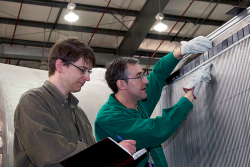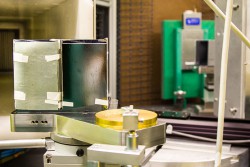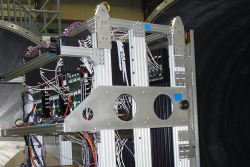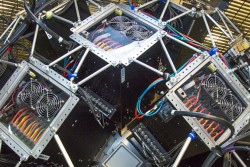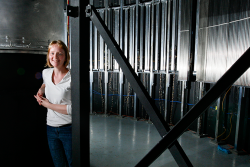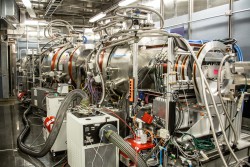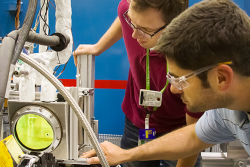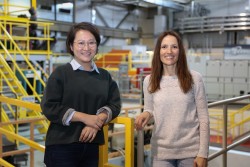Small unit-cell nuclear & magnetic structural studies
Biological Materials and Systems
Many new energy-related materials, devices, and processes are inspired by research that explores biological systems. For example, a better understanding of photosynthesis in plants is helping scientists develop advanced materials that convert sunlight into energy. Studies of cell wall structures at the molecular level in plants and microbes are improving conversion of biomass into biofuels.
Photosynthesis is also inspiring new photochemical and biochemical approaches to photoconversion (i.e., chemical changes driven by light) and other processes such as catalysis (i.e., acceleration of chemical reactions) and biosynthesis (i.e., production of natural compounds by living organisms or cells).
Understanding biomass and its efficient conversion to fuels and other value-added products is also a major goal of industry and government agencies including as the US Department of Energy (DOE) Office of Biology and Environmental Research (BER) and the US Department of Agriculture (USDA). ORNL hosts a BER Bioenergy Research Center, the Center for Bioenergy Innovation (CBI), to address these interests.
Bioscience research at SNS and HFIR is primarily focused on:
- Designing and synthesizing energy-efficient and revolutionary new forms of matter that have specific, tailored properties.
- Understanding and controlling the complex, atomic-level interactions of magnetic and electrical properties in materials.
- Measuring energy and information at the atomic level to develop new systems that rival biological processes in living organisms.



